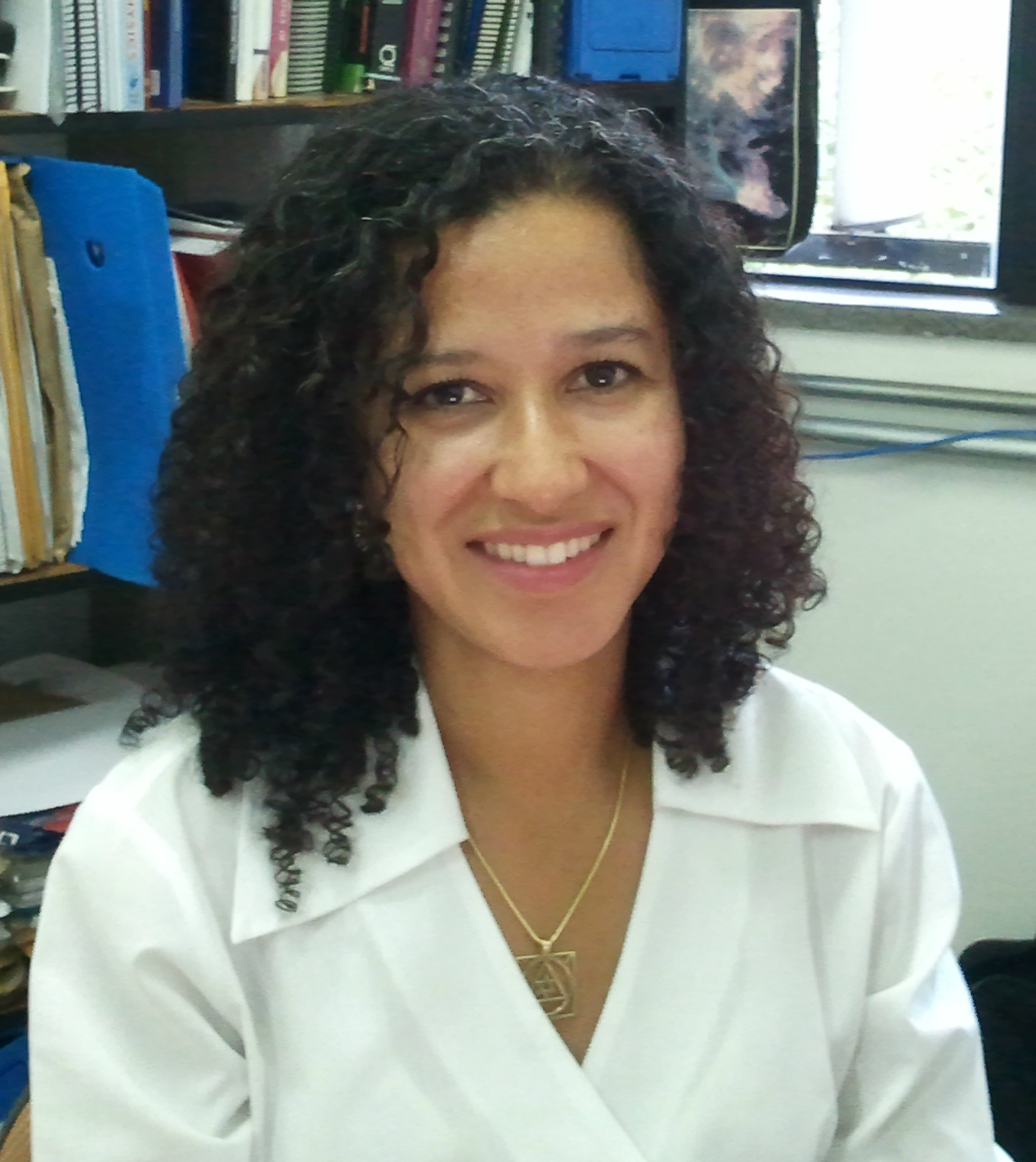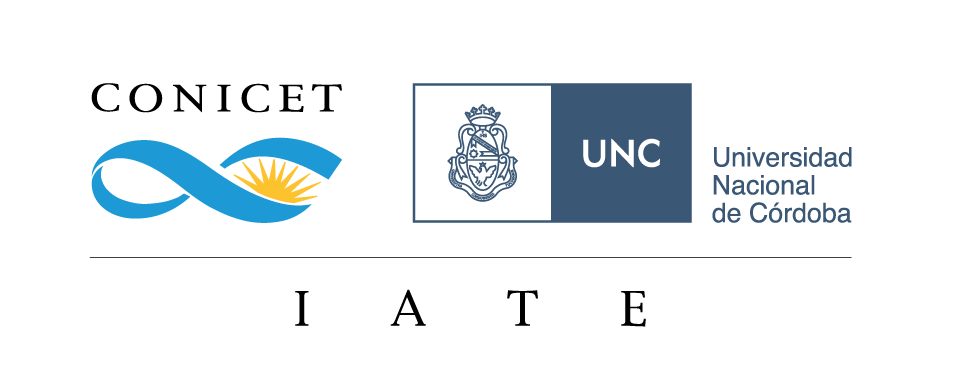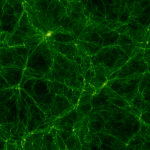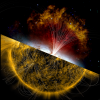
Expositor: Dra. Eliah Fernanda São Sabbas (INPE, Brazil)
Date: Lunes 12 de Noviembre de 2018, 14 hs, Auditorio IATE.
Resumen:
LEONA is the Transient Luminous Event and Thunderstorm High Energy Emission COllaborative Network in Latin America. It was created in 2012 to study the Effects of Electrical Activity Related to Convective System – FAIRIES. FAIRIES are composed by two categories of phenomena, on type are X-Ray, Gamma-Ray, Neutron, Electron, and Positron, anti-matter, and most probably other particles and subatomic particles that have not been detected yet. Naturally produced in our planet’s atmosphere by lightning and thunderstorm electric fields, with energy of a few hundred keV to 100 MeV, i.e. energies comparable to astrophysical events like supernovae explosions, these are the High Energy Emissions from Thunderstorms – HEETs.
Recently discovered, they have been detected by instrumentation on the ground, onboard airplanes, and onboard Astrophysical satellites, such as CGRO, RHESSI, FERMI and AGILE, designed to measure Gamma-Ray Bursts (GRBs) and other energetic radiation/particles from space. Another category is constituted by transient plasmas, with low-light level optical emissions, excited by lightning and spanning the whole region from the cloud tops to the frontier between Earth’s atmosphere and space (~20-100 km): the sprites and other Transient Luminous Events (TLEs).
Together, HEET and TLEs, i.e. the FAIRIES signal the electrodynamical coupling of all atmospheric layers and of the Earth System with the Near-Earth Space, and compose a natural laboratory to investigate fundamental particle, atomic and molecular physics, in the “lightning electric field atmospheric accelerator”, as well as astrophysical GRBs and plasma physics.
In this talk we will discuss the importance of LEONA network to study FAIRIES in South America, the installation of 3 TLE observation stations and one neutron detector to measure FAIRIES in Argentina in conjunction with RELAMPAGO project in Nov-Dec 2018, the general meteorology in this region, the different types of TLEs that may be observed and some preliminary results regarding the coupling of TLEs with the Brazilian ionosphere.








